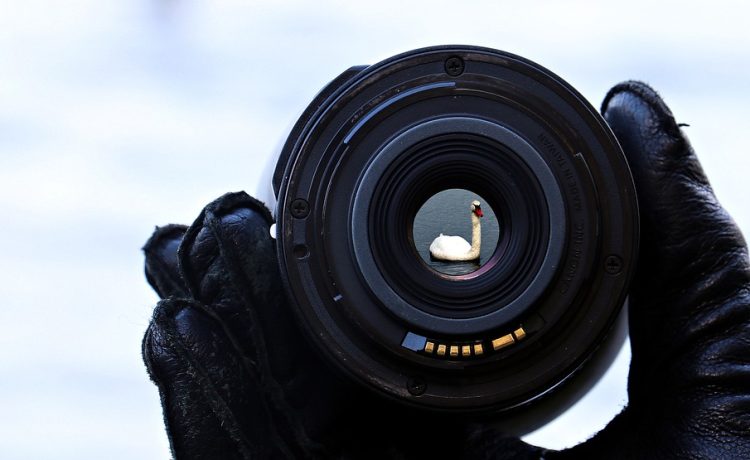Sports photography is an exhilarating field that captures the raw emotion and energy of athletic competition. The challenge lies in freezing swift movements and conveying the intensity of the moment. For photographers looking to excel in this vibrant realm, using a Nikon camera can be particularly advantageous due to its advanced features and capabilities. This article will explore best practices for capturing action-packed sports moments with a Nikon.
1. Choose the Right Gear
Nikon Camera Body
To capture fast action, a camera body with a high burst rate and excellent autofocus is essential. Models like the Nikon D500 or Z9 are fantastic for sports photography, equipped with rapid continuous shooting speeds (up to 20 fps in some cases) and sophisticated autofocus systems.
Lenses Matter
The choice of lens can significantly affect your results. For most sports, a fast telephoto lens (like a 70-200mm f/2.8) is a must. These lenses allow you to zoom in on subjects from a distance while providing shallow depth of field to isolate them from the background.
Accessories
Consider bringing along a sturdy tripod or monopod. For events where you have to shoot from the sidelines, these accessories help minimize shaky shots, especially at longer focal lengths. A high-capacity memory card is also crucial, as sports photography often requires a lot of burst shots.
2. Master Your Camera Settings
Shutter Speed
The key to freezing motion is a fast shutter speed. Aim for at least 1/500 of a second, and if the action is particularly fast-paced (like hockey or football), you may want to go for 1/1000 of a second or faster. Utilize shutter priority mode (Tv or S mode) to have more control.
Aperture and ISO
Using a wide aperture (low f-stop number like f/2.8) allows more light into the camera, which is beneficial during indoor sports or lower light conditions. Set your ISO according to the available light — a higher ISO (800 or more) can help you achieve faster shutter speeds but be mindful of noise.
Continuous Focus Mode
Set your autofocus to Continuous Mode (AF-C) to keep your subject in focus as they move. Coupled with the 3D tracking feature available in Nikon cameras, this can be invaluable when capturing athletes in motion.
3. Composition Techniques
Anticipate the Action
Knowing the sport is vital. Familiarize yourself with the game’s flow, player positions, and potential hotspots for action. This understanding allows you to be prepared to capture the defining moments.
Rule of Thirds
Use the rule of thirds to position your subjects dynamically within the frame. This technique helps create more compelling images. Consider leaving space in the direction the athlete is moving to provide context and perspective.
Capture Emotion
Don’t just focus on the action; document the emotions. Faces tell stories. Capture the joy of a victory, the disappointment of a loss, or the determination in an athlete’s expression. Close-ups of players celebrating or reacting to pivotal moments can bring your images to life.
4. Post-Processing Techniques
Editing plays a crucial role in the final output of your sports photos. Software like Adobe Lightroom or Photoshop allows you to adjust exposure, contrast, and sharpness for optimal results. Crop images for better composition, and always consider converting to black and white for dramatic effect.
5. Practice, Patience, and Perseverance
Lastly, becoming a proficient sports photographer takes time and practice. Shoot regularly to hone your skills, experiment with different settings and compositions, and learn from each outing. Attend various sporting events to broaden your experience and adapt to different lighting and action scenarios.
Conclusion
Capturing action in sports photography with a Nikon camera involves a perfect blend of technical knowledge, creativity, and anticipation. By investing in the right gear, mastering your settings, employing effective composition techniques, and dedicating time to post-processing, you will enhance your ability to freeze moments of triumph, competition, and raw human emotion. With practice and perseverance, you’ll create powerful imagery that tells the stories of athletes on and off the field.






